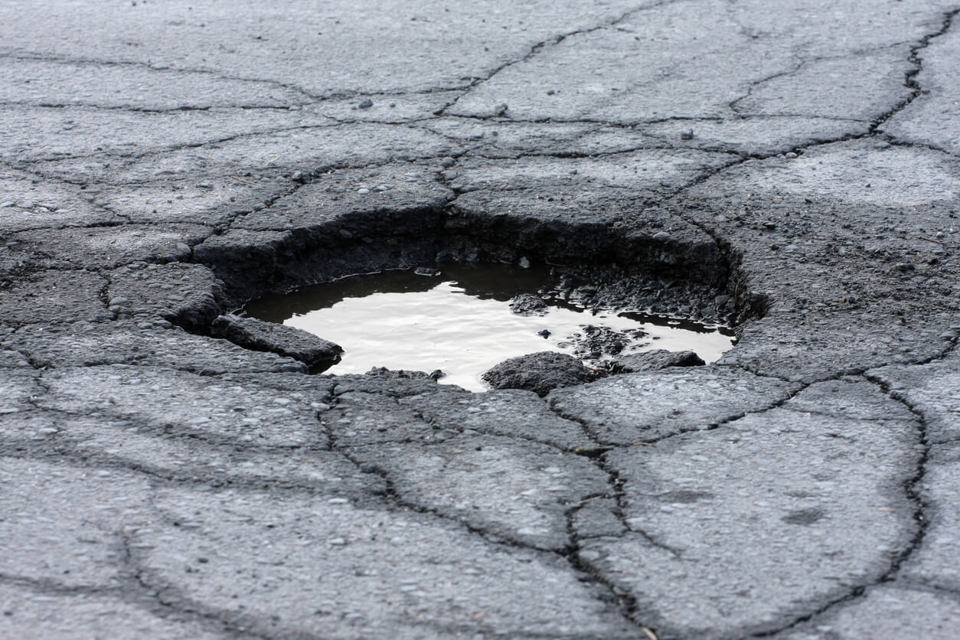The number of potholes filled over the past year has dropped again for the second successive year, reports this year’s Annual Local Authority Road Maintenance (ALARM) survey.
It has shown a reduction in the average number of potholes filled per authority, although the total number remains high at 1.7 million – one every 19 seconds.
The figures for England show a 19% decrease, with the biggest drop in London (43%). Wales has seen a slight increase in the number filled (19%).
The considerable disparity in cost between filling potholes as part of a planned programme of carriageway repairs and as a reactive repair is again evident, with reactive repairs costing almost a third more.
Taking an average cost for filling a pothole across each region, the total amount spent in England and Wales last year is estimated at £102.3 million, the lowest figure reported since ALARM 2012.
Alan Mackenzie, chairman of the AIA, said: “Potholes are a symptom of poorly maintained roads and can have a serious effect on road users but spending money fixing them in isolation, although essential, is wasteful.
“The most efficient way to deal with our crumbling roads is to fix them properly and stop potholes forming in the first place. It is time we had a rethink about the future funding of our roads otherwise we will end up with a network that is just not fit for purpose.”
The estimate for this one-time catch-up cost has remained largely unchanged for the past four years and is a considerable £12.06 billion. This breaks down as an average of £85.7 million per authority in England; £21.4 million in London and £26.9 million in Wales.
If adequate funding and resources were in place to get roads back into a reasonable condition, highway departments reported that the estimated amount of time required to carry out such work would be around 12 years.
For more on the ALARM survey and the state of the road network see this week’s Fleet News.






















Login to comment
Comments
No comments have been made yet.